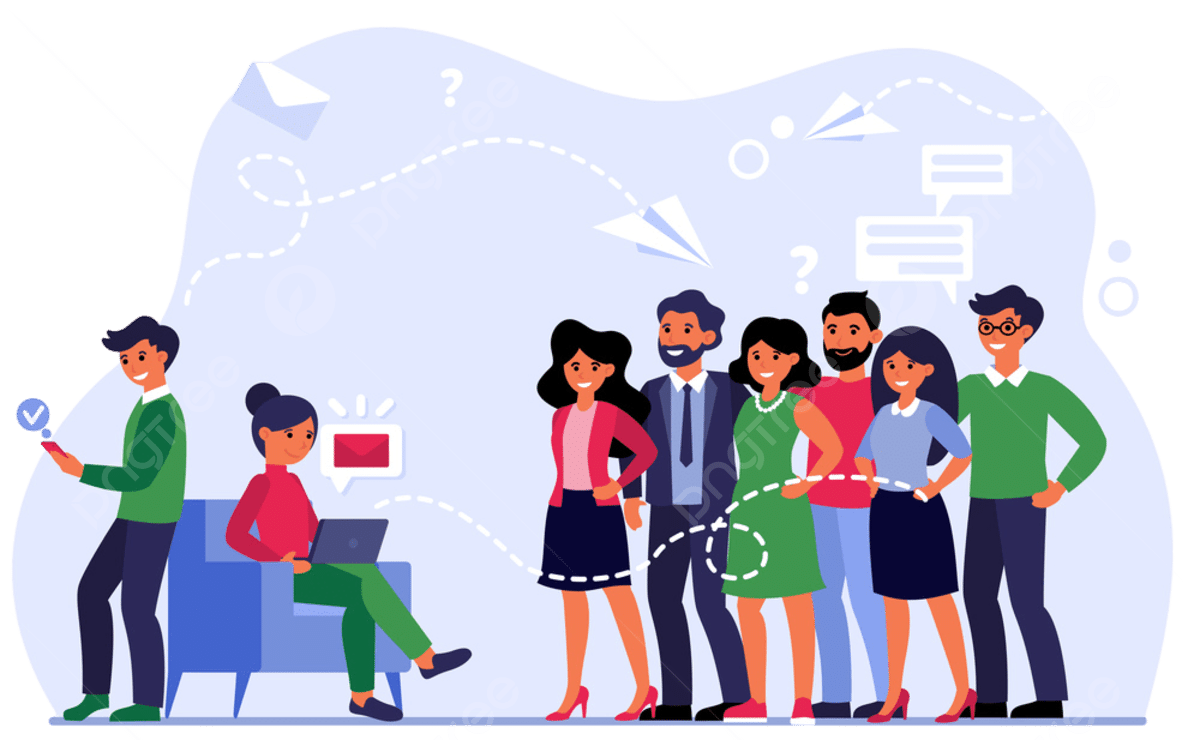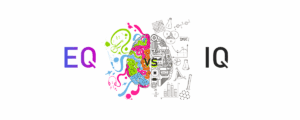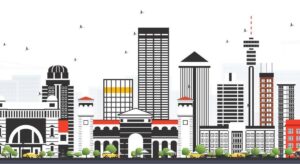Rethinking Business Priorities
For decades, the mantra “the customer is always right” has guided businesses around the globe — South Africa included. Every product, service, and interaction was judged by how well it pleased the customer.
But lately, a fresh perspective is gaining momentum: the employee-driven company. By putting staff well-being, culture, and empowerment front and centre, these organizations suggest that happy employees naturally deliver better experiences for customers. So, the question arises: should companies focus on customers or employees? Spoiler alert — it is not an either/or.
Customer-Driven Companies
Customer-driven organizations live and breathe the customer experience. Globally, think Amazon or Apple; locally, Woolworths, FNB, and Takealot lead the way. These companies anticipate needs, personalize services, and actively seek feedback.
The benefits/ loyal customers, adaptable business strategies, and measurable satisfaction metrics.
The downside/ if the focus tips too far toward customers, employees can feel the strain. Burnout, frustration, and high turnover quietly chip away at service quality.
Employee-Driven Companies
Employee-driven companies flip the playbook. Global stars like Costco and Patagonia, alongside South African favourites such as Discovery and Capitec, prioritize empowerment, recognition, and growth.
The idea is simple / happy, motivated employees naturally create better customer experiences.
The perks / lower turnover, strong culture, and employees who genuinely champion the brand.
The opportunity / when companies balance internal focus with market awareness, engaged employees flourish while staying attuned to customer needs.
Striking the Balance
The magic happens when companies stop choosing sides. Employees and customers reinforce one another: empowered staff innovate and deliver, while satisfied customers validate and energize employees.
Take Nando’s, for example — it’s lively internal culture translates into consistently positive customer experiences. Woolworths’ investment in staff development similarly pays off in nationwide service excellence. Toward an Ecosystem-First Approach The future is not about being customer-first or employee-first — it is about ecosystem-first.
Leaders need to equip employees with the tools, trust, and time to thrive, while keeping a finger on the pulse of customer needs. Think of employeesas internal customers and external customers as partners. When everyonE benefits, synergy replaces compromise.
Conclusion
Customer- and employee-driven models are not absolute rules; they are lessons. Organizations that invest in people — both inside and outside — spark a virtuous cycle of satisfaction and growth.
In South Africa, where talent retention is a top challenge, companies that focus on employees are the ones shaping sustainable success. Satisfied employees make satisfied customers, and satisfied customers make satisfied employees — a circle worth celebrating.





